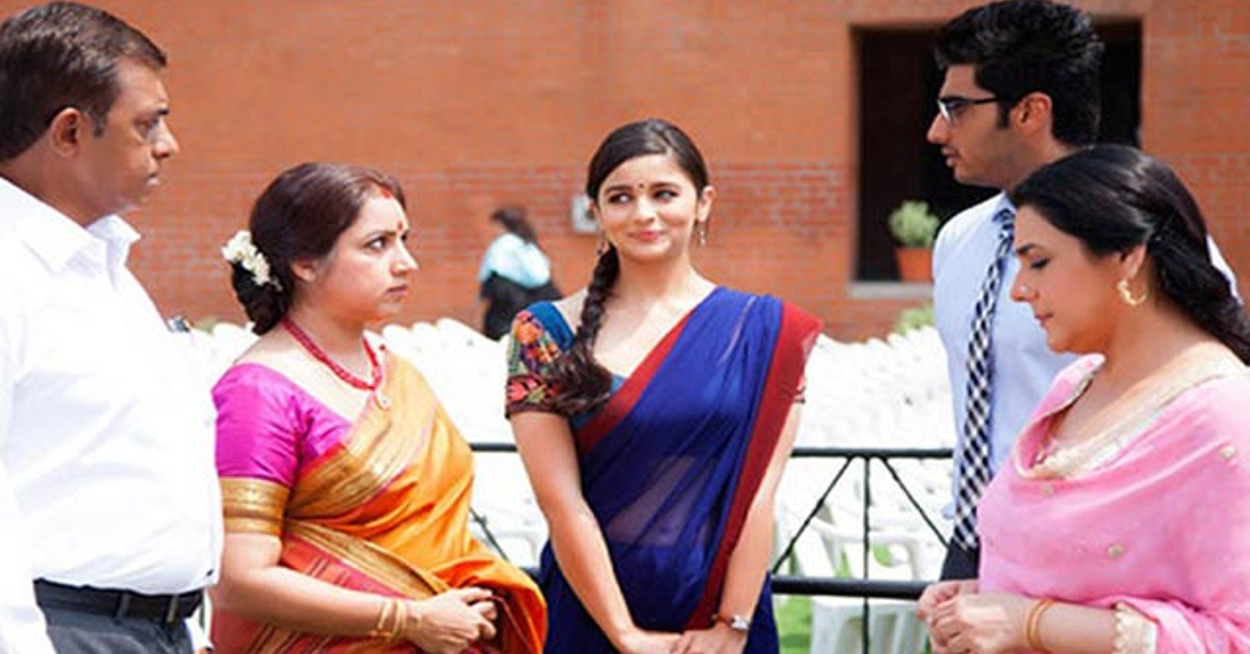Diving headfirst into this question is not easy. The sentiments involved are separated by several decades of experiences and societal practices that have since become a norm.

Recently, Abhay Deware and Priti Kumbhare tied the knot by spending the money they had saved for their marriage on social causes. They donated money to farmer’s families; they gave books to five libraries in Amravati. It was a grand marriage but done in reasonable and responsible manner. They set an example for rest of us, or did they?
While there may be some exceptions, most parents try to make it as grand as possible. Sometimes parents pour all their life savings into that one day, and at other times they even take loans just for this one occasion which they keep repaying for years.
At a wedding held in a five-star New Delhi hotel last winter, the groom stepped out of a two-door BMW sports car, specially flown in from Europe for the occasion. Spanish flamenco dancers, fresh orchids from Thailand, ice sculptures, even second-tier Bollywood stars paid to mingle – all are just some of the flourishes seen at recent Indian weddings. Forget to be down-to-earth. The trend is to stage the whole shebang on pontoons, putting family and friends on a veritable flotilla of flaunted wealth.
“We receive such ‘unusual’ requests all the time,” says Meher Sarid, a wedding planner in New Delhi. “It’s not unusual anymore.”
The minimum budget for a wedding ceremony is 20 lakhs, say wedding planners, while the upper-middle and rich classes are known to spend upward of 2 crores.
Even major businesses have taken notice of this:
- Samsung, Sony, LG, and other appliance makers now time their discounts to the wedding season, which begins this month and runs until March.
- GE Money India has introduced an “auspicious” personal loan, a quick and easy loan exclusively for weddings.
- Gurgaon, a city built on new-economy money, boasted of India’s first wedding mall in 2006, built at a cost of $16 million and with 400 stores. More wedding malls are being planned around the country.

“Over 18 percent of India’s population falls in the top-tier socioeconomic class, which is a huge potential market for luxury goods brands,” says Renuka Keron, marketing manager at LVMH Watch & Jewelry India Pvt. Ltd., which sells Tag Heuer and Christian Dior watches in India.
But does the overindulgence stem from overflowing cash reserves alone? Perhaps not. Marriages today have become a platform to showcase the ability to command respect in our society. This widespread perception is what creates the additional societal pressure for parents. They need to plan decades ahead to ultimately give in.
“Weddings have become the single most visible expression of a person’s social standing and wealth, an expression that is both acceptable and expected,” says image consultant Dilip Cherian, who heads Perfect Relations, a leading Indian PR firm.
Hence it takes considerable efforts on the part of some of the segments of the open minded millennials to convince their parents otherwise. Some of the today’s couples have developed a more practical outlook. They want to invest for long term capital gains instead of having a lavish wedding. It isn’t just about cost-cutting, questions like “Will this really matter ten years from now?” are being heard more frequently among the young couples.
A steady decline in the number of marriages has been noticed globally among the newer couples. Only 20% of the millennials are currently married, according to a report by the Pew Research Centre.
The issue that young couples are citing today isn’t marriage, it is the wedding. Studies suggest that young couples want to delay their marriage, giving more importance to accomplishing their personal milestones such as attaining higher education, finding better jobs and home ownership etc.
So we need to look at Indian weddings in a different, more efficient and practical way:
1) Venue:
Big & Fat: While destination weddings are the big thing, for now, even 3-4 days’ palace weddings or 5-star venues, would burn a hole in the pocket.
Slim & Smart: Since you are not the one holding the proverbial silver spoon, or think weddings like good presents come in small packages, go for a banquet hall. A community hall is much cheaper but gives your wedding a ‘janta’ feel.
2) Entertainment:
Big & Fat: Getting celebrities to perform at weddings might seem cool, but is an unnecessary expense.
Slim & Smart: Forget live entertainment, basic equipment alone costs a bomb. Instead, invest in a standard DJ, give him a custom playlist and tell him to finally give up his Backstreet Boys CDs.
3) Decor:
Big & Fat: The sky’s the limit. But most of us are not steel barons that we can hire palaces, the stuff of KJo movies.
Slim & Smart: Stick to the traditional theme- that usually means cheap too. The three basic requirements are mandap, stage and entrance gates. Break a few rules, get rid of the stage, it’s a pain and the pictures are never memorable.
4) Catering:
Big & Fat: With the trend for multi-cuisine counters, cheese platters, chaat counters and authentic puraani Dilli set up of street shops, catering literally eats into your wedding budget.
Slim & Smart: First up, set the limit at 300-400 guests. Anything more and your wedding is borderline obese. Catering options start at a very modest rate with a standard 2-vegetarian, 2-non-vegetarian starters, and standard main course.
5) Photography and Videography:
Big & Fat: Hire 4-5 videographers who shoot in HD quality and make sure you don’t even miss the tayaji digging his nose in a corner. And hiring 3-4 photographers is a norm, including a candid photographer who will move around taking secret shots to capture tender moments
Slim & Smart: One decent photographer and videographer is enough. Go for a regular photo album.
6) Invitation Cards:
Big & Fat: Get a designer wedding card and accompany it with the paraphernalia of almonds, god figurines and little chocolate boxes per invite.
Slim & Smart: Forget the peripherals, go to your local source. You can get a happening card (with gold printing, customized designs, and box) at a very affordable price.
7) Mithai:
Big & Fat: If one has money they can afford to ignore the standard packaged options. The idea is to go for made-to-order mithai. Get khandaani halwais to whip up their best fare.
Slim & Smart: Go for a name everyone knows, safe and economical. Packaged mithai from a standard shop like Haldiram’s is good enough.
8) Sangeet:
Big & Fat: A no-frills sangeet in this category starts at an exorbitant rate. Options start from star performers to star DJs, audio visual presentations (of the girl’s growing up years) to hiring wedding choreographers for the various skits and shows to be put up.
Slim & Smart: Forget star performers and choreographed dances and frankly the AVs are usually an embarrassment, make it a complete family affair. Call in a limited number of guests at home with catered food and typical ‘genda phool’ decoration, simple yet traditional.
9) The Bar:
Big & Fat: Bars at the wedding-cum-reception are better stocked than your local pub. Only the best from Blue Label to the best French and sparkling wines are served at most weddings now.
Slim & Smart: So what if you are not serving single malts, no one’s looking for one at a wedding. Stock some affordable brands instead of splurging.
Most importantly, we also need to think about the bride and the groom.
For the Bride:
Makeup: A neighborhood parlor paint job is good enough so why go to good makeup artists who charge a bomb.
Mehendi: The market boy can do it for you at a more affordable rate than a celebrity mehndi walla will charge exorbitant rates.
Wedding Dress: Go for a basic decent one instead of one covered in gold.
For the Groom:
Wedding Attire: Get the sherwanis from your local store instead of designer clothes.
Accessories: Kalgi at base rates for an imitation piece instead of real polki set that can cost a lot.
So take your time and figure out what works best for you. You don’t have to have a big fat wedding, instead splurge on your honeymoon or experiences that make you a better human being. Let’s be the change. Let’s give the society an example of how to start a new life and make the world a better place.



